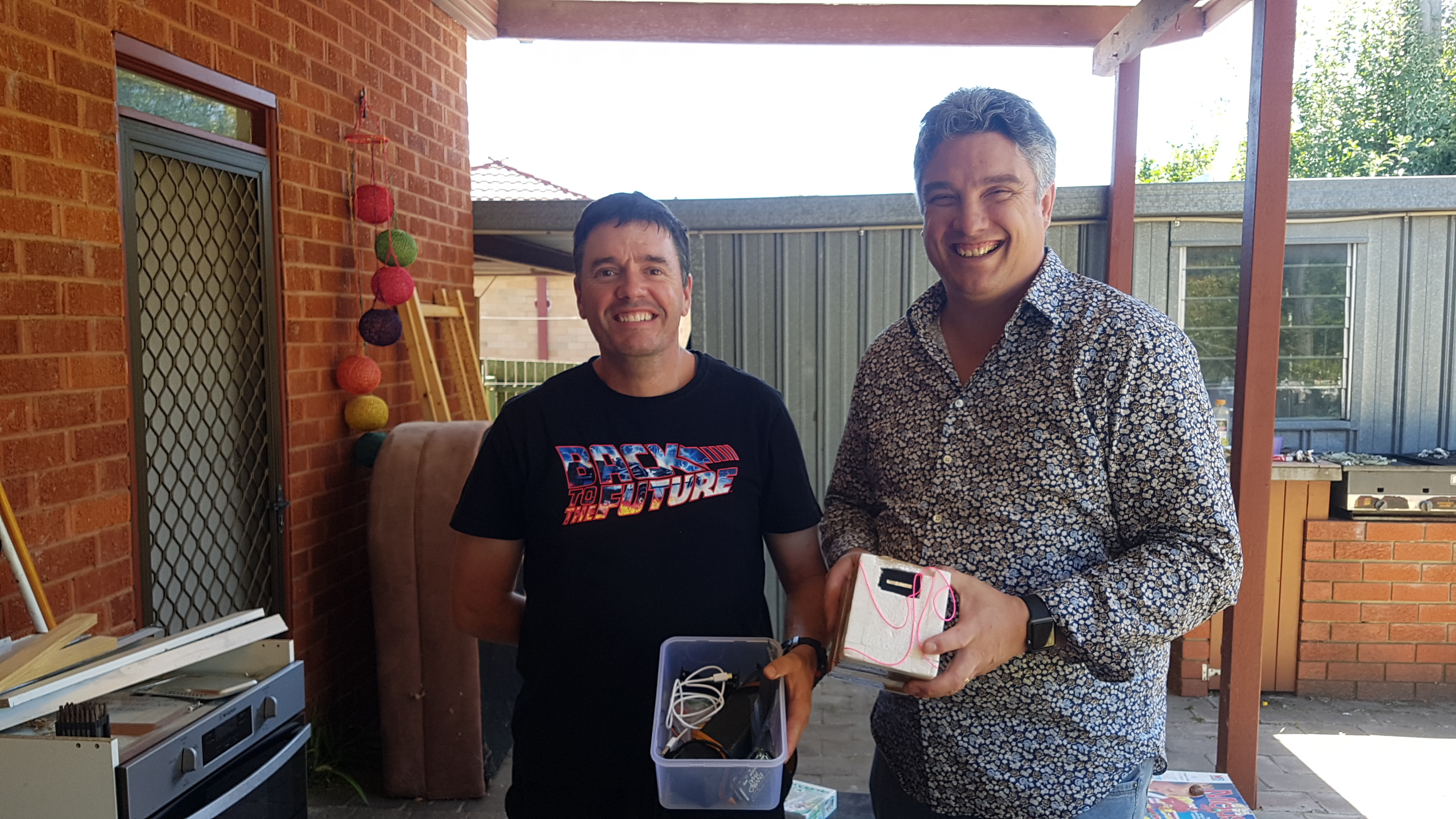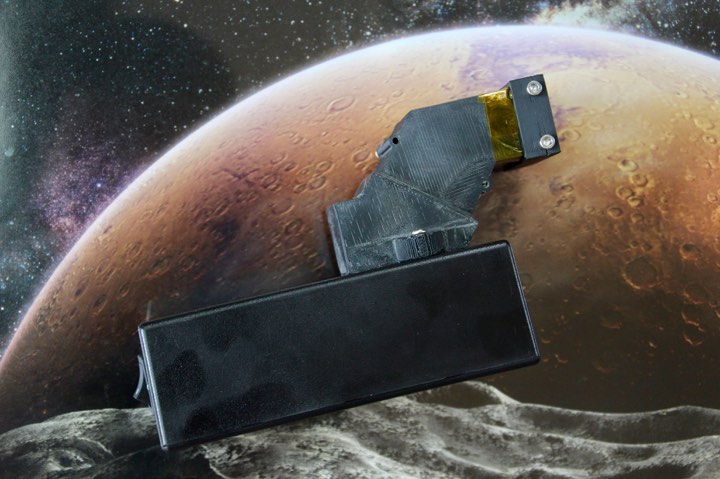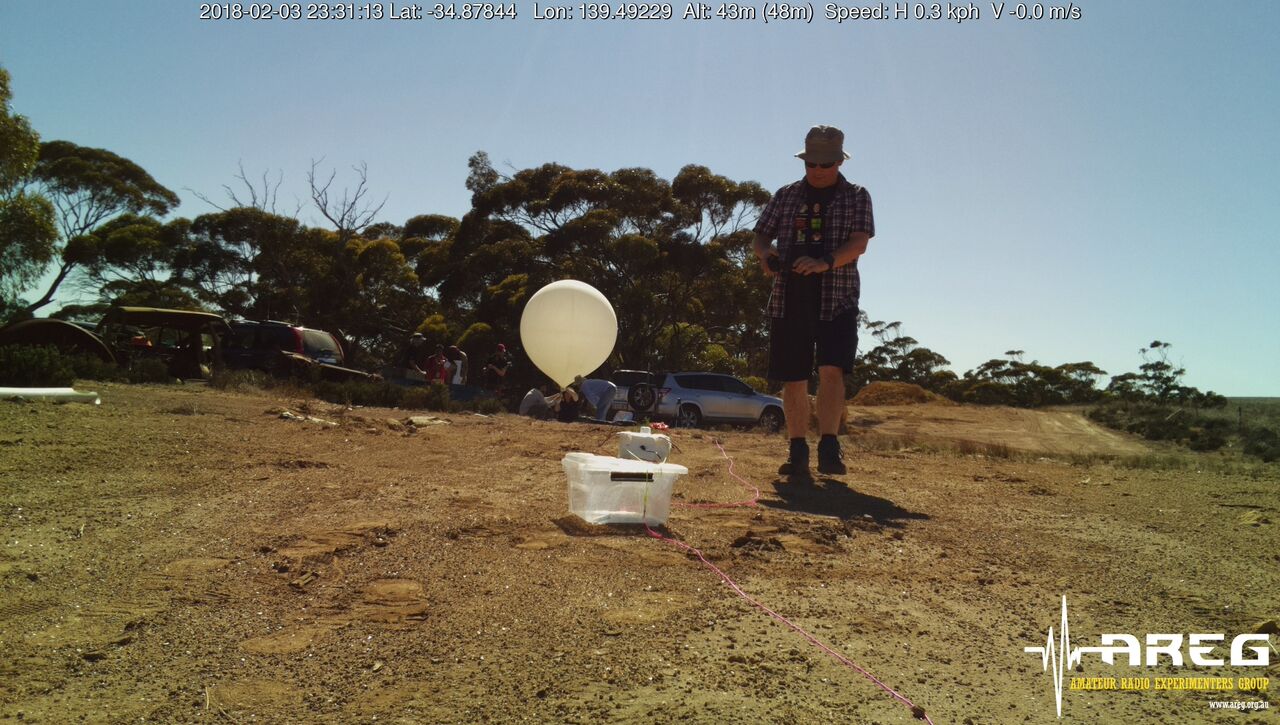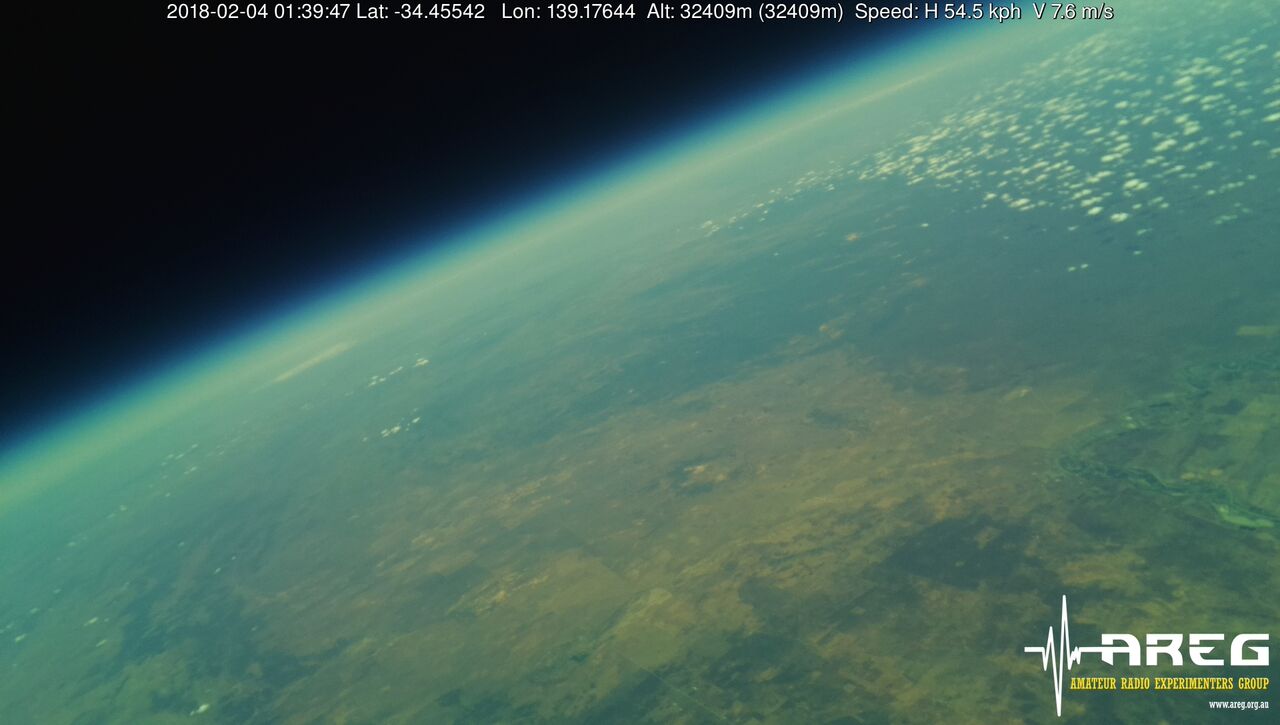Main menu
MSA flies to the edge of space
One of Mars Society Australia’s goals is “Conducting Mars exploration on a private basis” This requires developing and testing technology at each step up the so-called “technology readiness level” from TRL 1 (initial concept) to TRL 9 (ready to fly) https://en.wikipedia.org/wiki/Technology_readiness_level. MSA’s Marsobot program aims to develop the concepts and technologies for small robotic vehicles on planetary missions to Mars and elsewhere http://www.marssociety.org.au/marso-bot. A number of prototypes have been developed and tested under different field conditions, raising the project to TRL 5.
MSA has now commenced the next phase of development, raising the TRL of hardware to TRL 6, which involves testing in a realistic analogue environment. On February 5th the Horus 47 balloon, part of the SA-based Amateur Radio Experimenters Group’s flight program, took off from a location south of Adelaide. The flight was part of Flinders University’s Southern Hemisphere Summer School program for 2018. Part of the payload was spectrometer. The balloon reached an altitude of over 32 km where the air pressure and temperature are lower than Mars and the cosmic radiation levels similar. The flight description can be found at http://www.areg.org.au/archives/208044 with many photos
The spectrometer performed extremely well, and the next phase of development is under way. Thanks Marsobot project lead Steven Hobbs , technical officer Trent McDougall, and MSA member Peter Nikoloff who provided the ISU southern hemisphere summer school program liaison. Work is in progress for further testing of instruments and systems on high altitude balloon flights, so watch this space!
All Horus 47 images Image copyright AREG, and used with permission.






